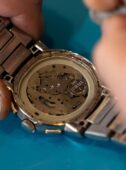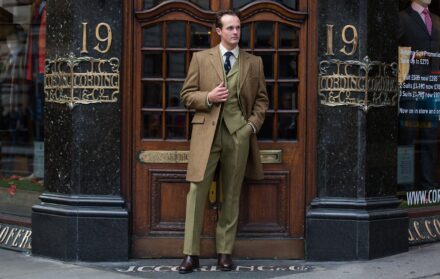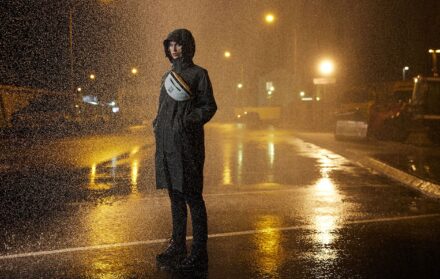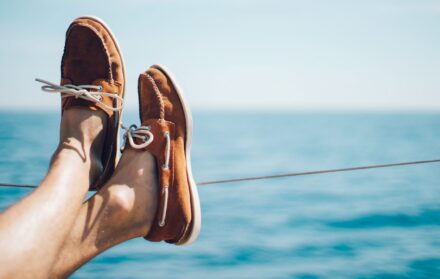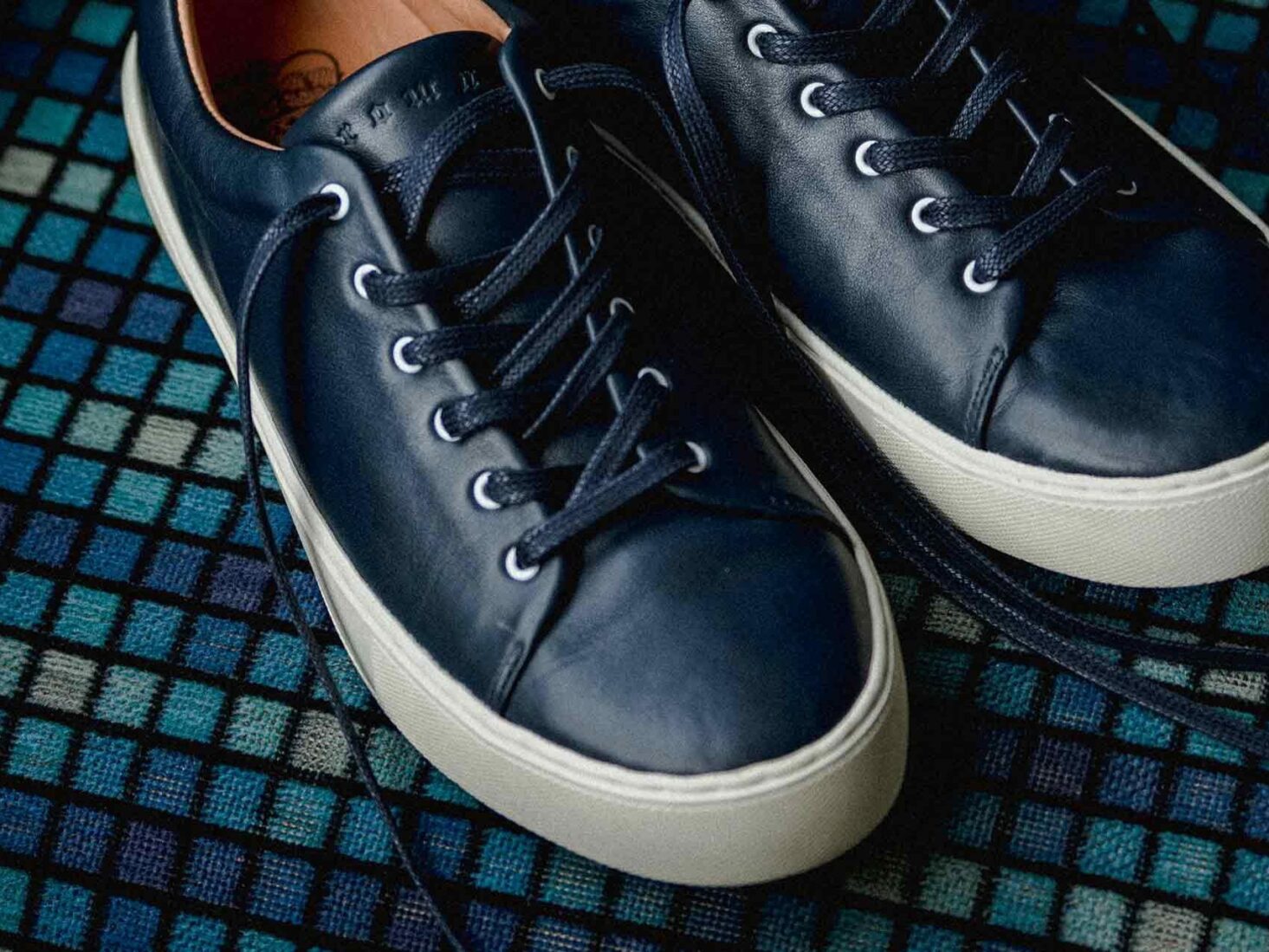
The Northampton cobblers stepping up to the trainer trend
A revolution in men’s footwear has left many of England’s great shoemakers counting the cost of the rise of casual wear. In order to survive, Northampton’s finest bootmakers are now realising they must wake up to
“It was,” says Crown Northampton’s brand manager Mark Higgs, “part planning, part acting on your gut, and part good luck.” A decade or so ago, the shoe brand entered its fifth generation of family ownership, and with that came a new energy. “Crown had long been a mass manufacturer of shoes for other companies but we had to move on from that. Northampton is, of course, known around the world for its leather-soled, Goodyear-welted brogues and derby shoes, but we knew we couldn’t just try to be another brand like Tricker’s or Edward Green,” says Higgs. “We knew we had to do something different.”
Crown Northampton, which dates back to 1908 and is based in England’s shoemaking capital, decided to play to its strengths and continue its long history of making dance shoes and moccasins. But it also decided to go to Japan to actually ask the picky, progressive retailers there what they wanted. And, being seriously Anglophile in their sartorial tastes, what they wanted was an English, handmade luxury sneaker. As a result, Crown Northampton’s sneaker collection was launched in 2017.
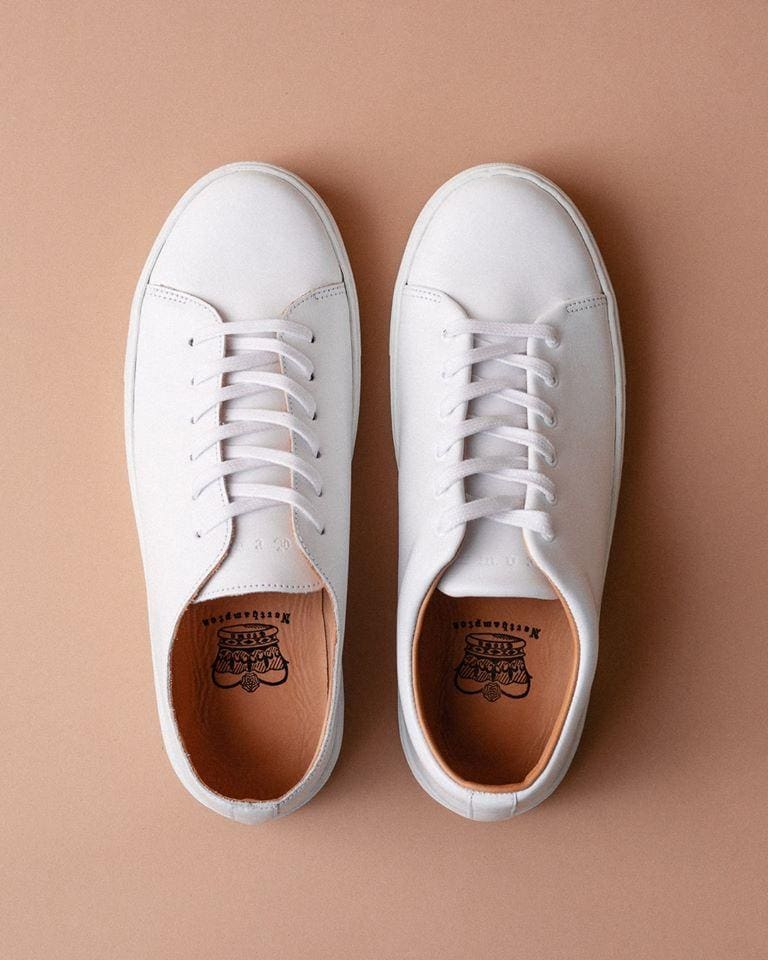
“We thought then that this wouldn’t be for everybody. To pay for a pair of sneakers what you could pay for a pair of Northampton-made dress shoes – that’s a lot of money,” says Higgs. “But then the market changed, with sneakers from Balenciaga, Visvim and Common Projects, or the many other high-end sneaker brands that have launched over the past few years.”
Crown Northampton’s decision to diversify has left it sitting pretty. Unfortunately that can’t be said for all Northampton shoemakers, many of which are as traditional in their products and brand image as their esteemed histories might warrant, but which changing fashions are less enamoured by. With the casualisation of men’s clothing – for work and play – and with entire generations having grown up with the comfort of trainers, is there a future for a shoe that, while it may represent a pinnacle of craftsmanship and last a lifetime, can take months to break in and often looks like something your grandfather might have worn?

The brand is not alone among the town’s remaining shoemakers in responding to the changing style landscape. John Lobb, for example, one of the most upscale and traditional English shoemakers, currently offers a sneaker line of six styles – though perhaps, despite the eye-watering prices, these are more of a token effort than a bold shift away from its more signature black business shoes. Church’s, too, has a sneaker collection, encompassing multiple versions of two core styles – a runner and a court shoe. Both, perhaps, were guided by their respective high-fashion owners, Hermès and Prada, and seemingly just in time.
Valerie Steele, director of The Museum at the Fashion Institute of Technology in New York, has compared the decline of English men’s shoemaking brands in recent decades – from an all-time high of some 1,800 to just a handful now – to that of the decline of milliners in the 1960s. A sudden change of culture, with people no longer wearing hats every day, dealt a blow to the hat-making industry from which it has never fully recovered.
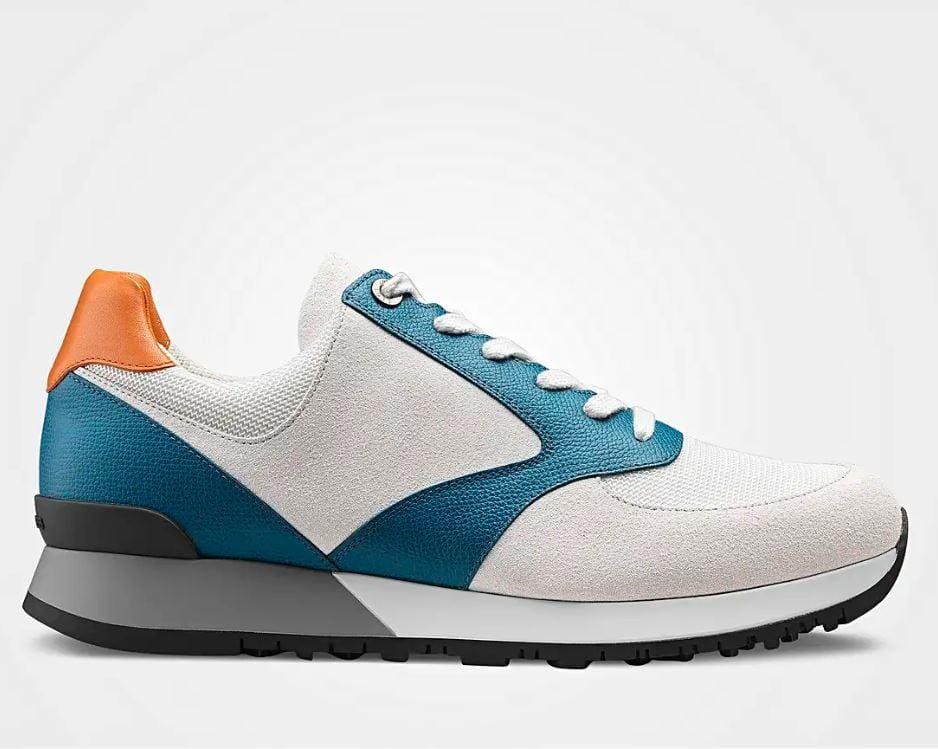
According to Tim Little, who launched his own shoe brand in 1997 before buying Grenson (a shoe-maker established in 1866) in 2010, shoemaking has faced a perfect storm. It has experienced not just the post dot-com rise of creative and tech industries, with their self-consciously more youthful, more relaxed attitude influencing men’s work attire at large, but also a renewed demand for branded products and social media’s amplification of those trends. Little says that Grenson just about acted in time by introducing sneakers and modernising its traditional men’s shoe styles – for instance, adding white Vibram wedge soles. Such neo-traditional styles now account for around a third of Grenson’s sales.
Edward Green is another niche maker that has also shifted its emphasis, to such a extent that it’s now become a name spoken as much in fashion circles as, say, Pall Mall gentlemen’s clubs. The change came about subtly, not through sneakers, but through emphasising its more casual styles, with new interpretations of the company’s renowned boots.
Brand and business development manager Euan Denholm says the label has responded to the changing market while staying true to its own DNA. “Much as sartorial dressing has moved away from being all about work to being something more personal and expressive, so traditional men’s dress shoes have to go the same way,” he says. “In many ways we’ve been trying to do this for six years or so, aware that there has to be some reflection on the creation of the kind of models that appeal to these changing tastes. But I don’t think that means every Northampton maker should be rushing to make trainers. And for some of those who have the results can look very thin. The trick has been to respond but within the company’s own traditions.”
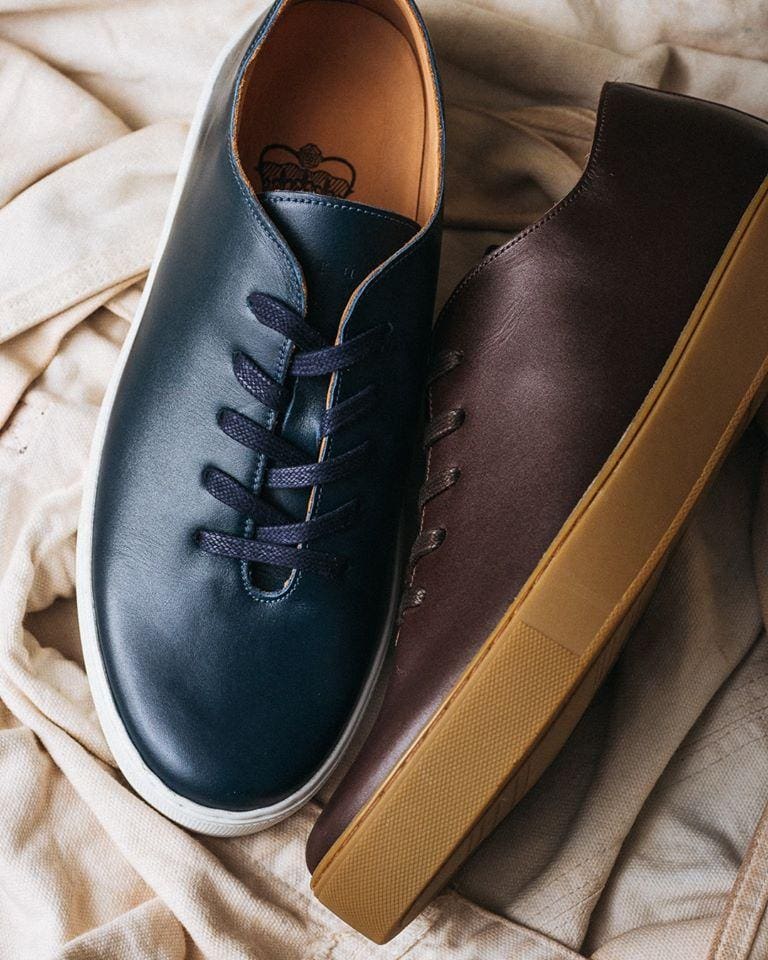
Martin Mason, managing director of Tricker’s – echoing Higgs’ opening sentiments, has been lucky enough to corner the market for heavy, Dainite-soled brogues that transcend the smart/casual divide – holds what he calls “a slight disdain” for Northampton manufacturers who have chased the upscale sneaker market, as massive as he concedes that market now is.
“It’s more because most of them aren’t made in Northampton, which to my mind makes them odd – in the same way as one might think of Adidas if it started to make brown brogues,” he says. “Also, the fact is that the next generation won’t want to wear what the current generation wears. That said, Northampton manufacturers do need to realise that there is change in the air – and I think the ones that are left do. They can’t follow fashion as such, but they do have to stay relevant. Northampton shoes can’t be all about nostalgia and heritage.”
Indeed, that means not just a shift in design but also in image: how long can the wood-panelled, somewhat dusty Victorian-style shop hold its appeal? Northampton maker Cheaney has invested massively in its own shops and shop fits, and in online retail – in other words, in presenting itself as a contemporary brand for contemporary consumers almost despite its 134-year history.
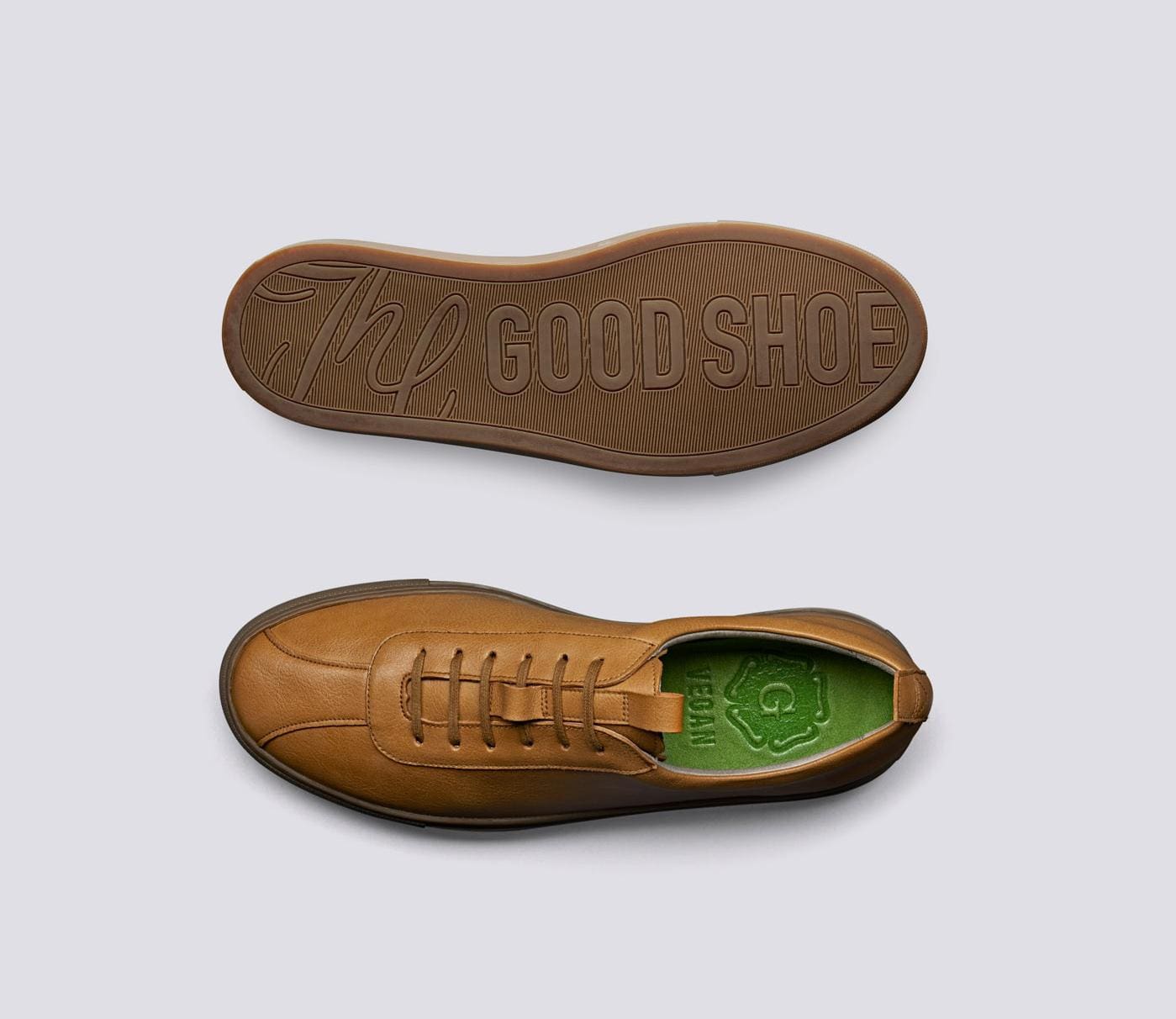
“This is all more than just about the product itself,” stresses co-managing director William Church. “English shoemaking, to a large extent, is a constant that goes through cyclical fashion phases, where classic takes a more or less dominant place. Trends may come and go but the baseline of classic always has a strong role to play. So, no, I do not think Northampton shoe-making is at risk, as long as we keep doing what we do and do it well. But the fact is that we can all make a black brogue. You have to create interesting stores in the best streets to give customers an experience alongside the actual purchase. Brand is seriously important.”
“There’s a need to maintain a sense of who you are as a company because that’s what made you interesting in the first place,” agrees Denholm. “But that’s not an argument for doing nothing either. You can’t ignore the spirit of the age.”
Those who do ignore that spirit make the risky assumption that current younger generations will come to embrace the traditional footwear these companies have made for well over a century. Higgs stresses that there is, of course, a tendency for tradition to outlast trends – that Northampton’s makers have weathered recessions, wars and changes in fashion before, and some, if not all, of them are still making money, typically through exports. But Little questions if, for some Goodyear-welted shoemakers, it’s not all too much of a culture shock. While he believes that many of them make incredible products, which rightly command respect and chime with demand for authenticity and best-in-class craftsmanship, he wonders if that is enough.
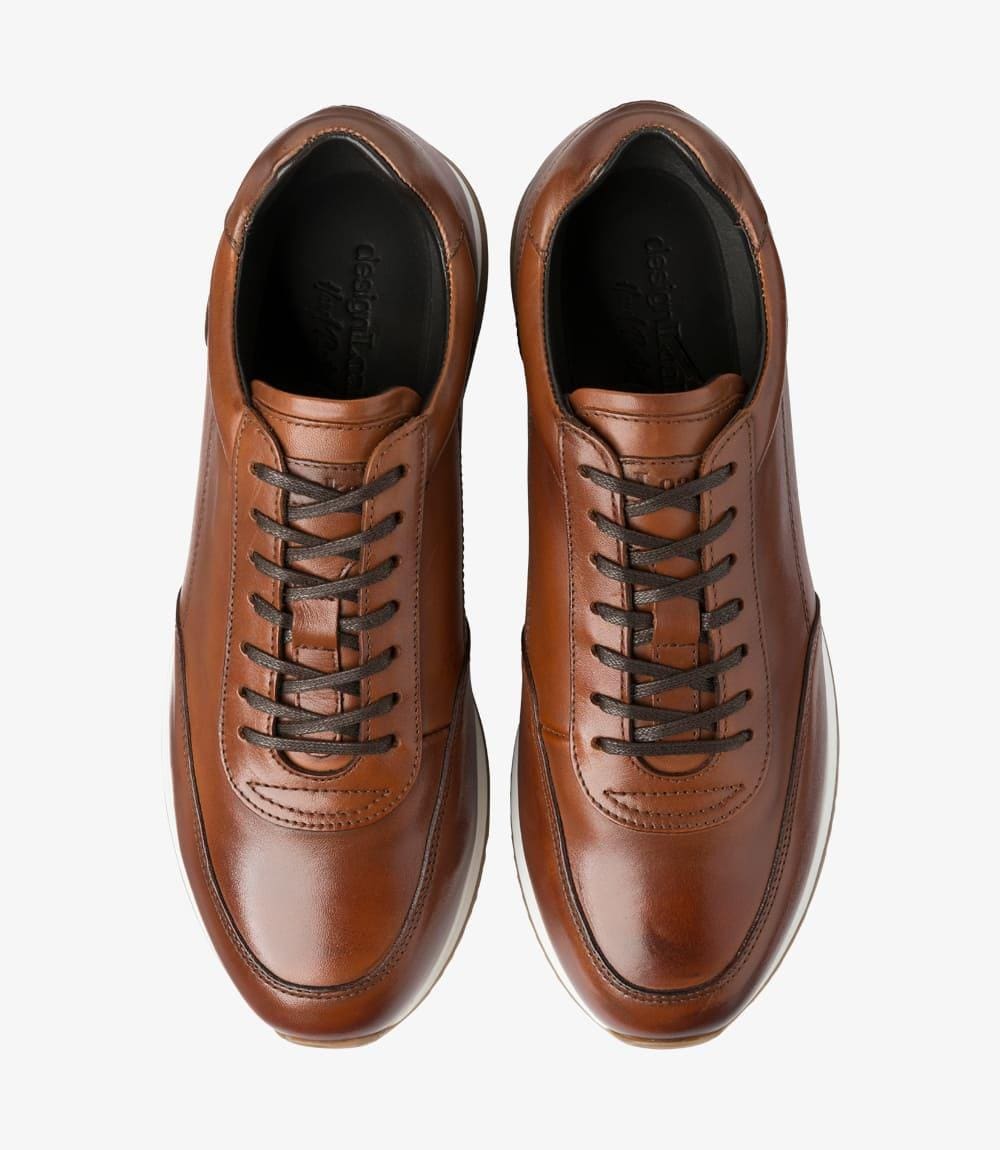
“Those English men’s shoemakers that are still around are there because they’re very good at what they do. But they nearly all do some kind of luxury sneaker, which they wouldn’t do if there wasn’t some kind of awareness of the need for change,” he says. “After all, while the market for the classic black toe-cap is still big it’s obviously only going to get smaller as men stop buying them for work and only buy them for special occasions.” argues Little, who’s recently Grenson’s first vegan collection, soon to be followed by styles in a suede made from ocean waste.
“The thing is though that the styling of some of those sneakers is just wrong,” he adds. “It’s as if their makers are still selling to their older customer when they need to sell to a younger guy, by which I mean a man in his 40s. And there’s definitely scope for Northampton manufacturers to make traditional shoes in a modern context. I’d say it was imperative that all makers address that somehow, and soon, if they want to be around in 20 years’ time.”
